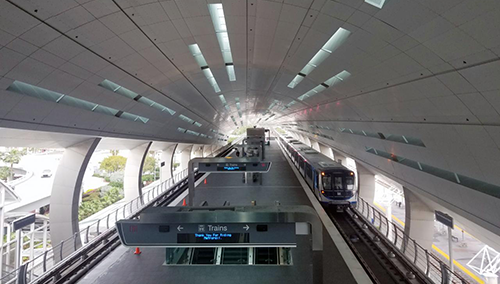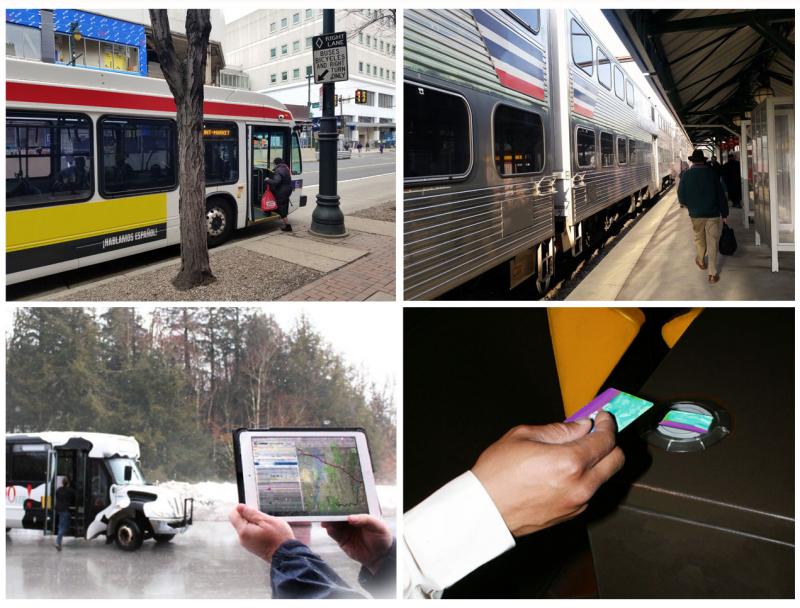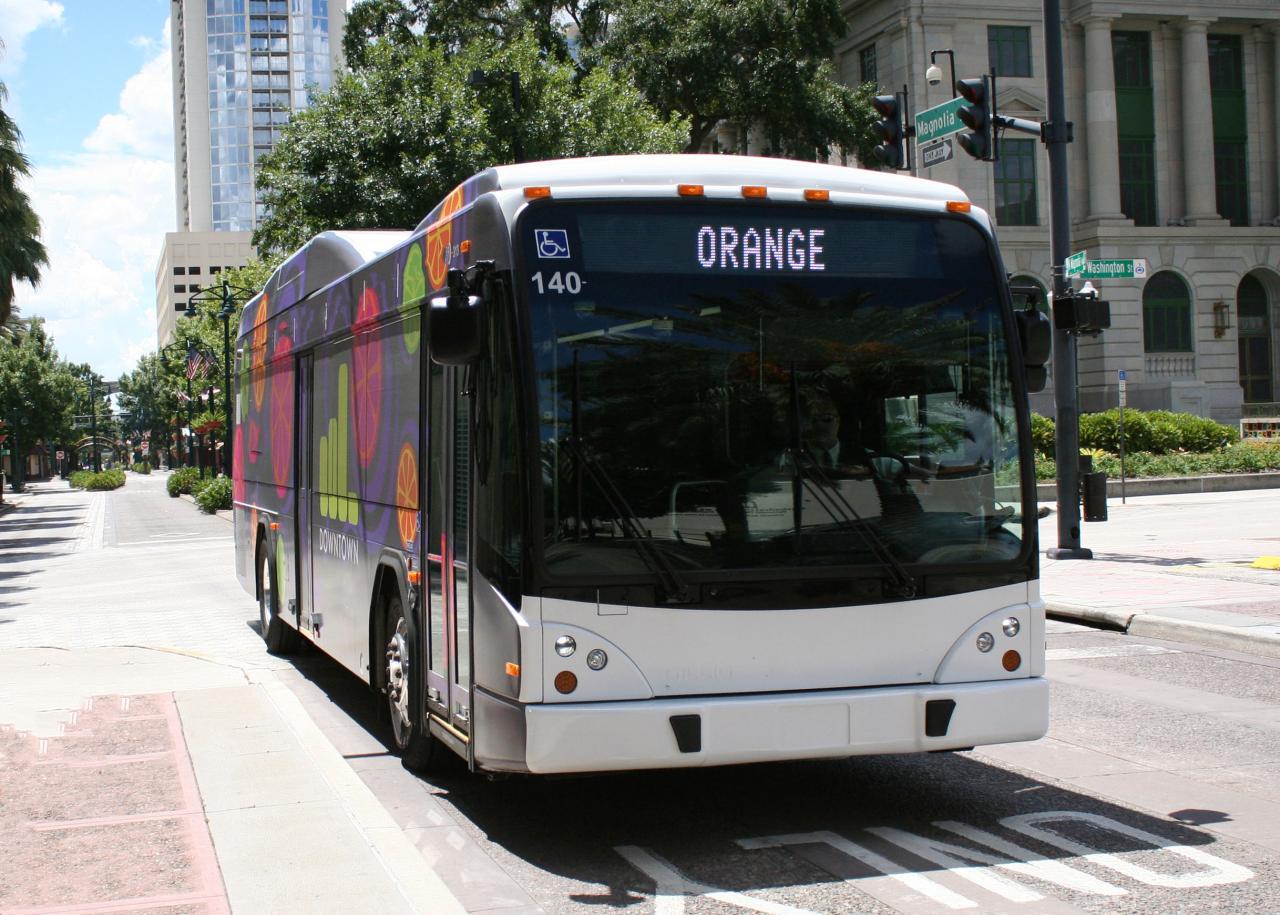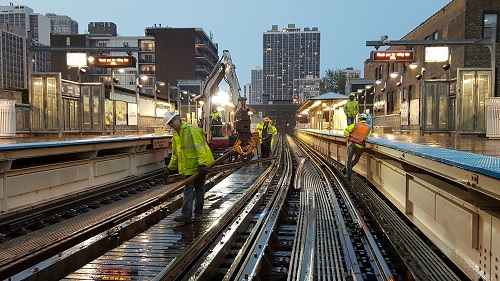Real-Time Transit Infrastructure and Rolling Stock Condition Assessment Research and Demonstration Program

What's New
On November 30, 2020, FTA announced $1.37 million in competitive grant funds to six projects in six states for the Real-Time Transit Infrastructure and Rolling Stock Condition Assessment Demonstration Program to support infrastructure innovation and safety in the transit industry. View the project selections.
Overview
FTA’s Public Transportation Innovation Program (49 U.S.C. § 5312), authorizes FTA to fund research, development, demonstrations, and deployment projects to improve public transportation. The Real-Time Transit Infrastructure and Rolling Stock Condition Assessment Demonstration Program is a competitive demonstration opportunity under FTA's research emphasis area of infrastructure. This priority area supports the U.S. Department of Transportation's Infrastructure strategic goal, as well as the strategic objective of life cycle and preventive maintenance for asset management planning and innovative maintenance strategies to keep transit assets in a state of good repair. This demonstration program will fund innovative approaches to eliminate or mitigate infrastructure deficiencies in public transportation using innovative technologies and designs.
Objectives
The Real-Time Transit Infrastructure and Rolling Stock Condition Assessment Program is intended to help transit agencies:
- Explore advanced cutting-edge technologies that can provide real-time condition assessment of transit capital and facilities
- Allow a more effective way for transit agencies to assess, detect, monitor and track deficiencies and defects related to infrastructure and rolling stock
- Evaluate the cost-effectiveness and the practicality of proposed state-of-the art solutions
Eligible Projects
The Real-Time Transit Infrastructure and Rolling Stock Condition Assessment program funds cooperative agreements to engage in demonstrations to assess and identify infrastructure deficiencies in public transportation rolling stock via innovative technologies to keep public transit assets in a state of good repair.
This program is a research demonstration program and not a capital procurement program. The project proposals must include a research/synthesis phase, a development phase, and a demonstration phase. All phases are critical to project selection.
To ensure proposed demonstration projects address the needs of transit agencies, FTA requires that applicants identify partnerships with at least one transit agency. FTA will assess the strength of those partnerships as part of its evaluation of applications.
Eligible Recipients
Lead applicants must be one of the listed entities prescribed below. Additionally, project partners and subrecipients under this program may include, but are not limited to:
- Public transportation systems
- Private for-profit and not-for-profit organizations, including technology system suppliers and bus manufacturers
- Operators of transportation, such as employee shuttle services, airport connector services, or university transportation systems
- State or local government entities
- Other organizations, such as consultants, research consortia or not-for-profit industry organizations, and institutions of higher education
Statutory References
FTA’s Public Transportation Innovation Program (49 U.S.C. 5312).
Allocation of Funding
Real-Time Transit Infrastructure and Rolling Stock Condition Assessment Program projects are funded under FTA’s Research, Development, Demonstration and Deployment Program (49 U.S.C. § 5312).
Match
The federal share of project costs under this program is limited to 80 percent. Proposers may seek a lower federal contribution. The applicant must provide the local share of the net project cost in cash, or in-kind, and must document in its application the source of the local match.



